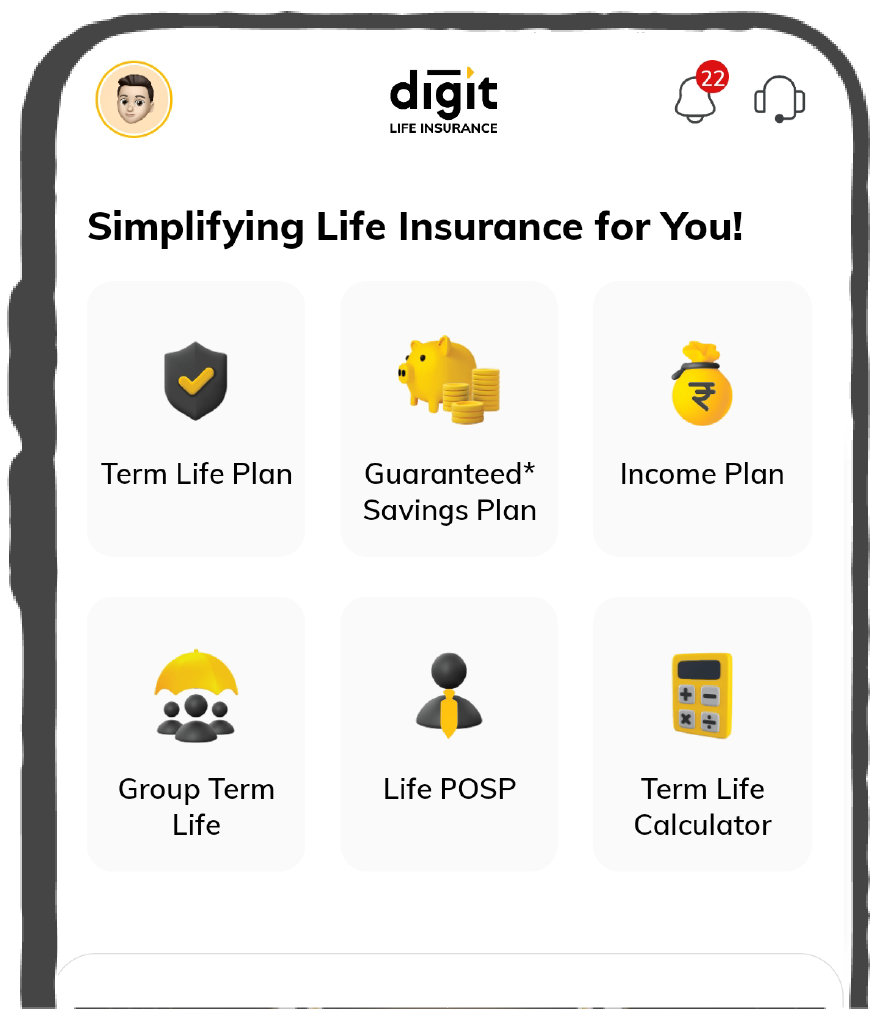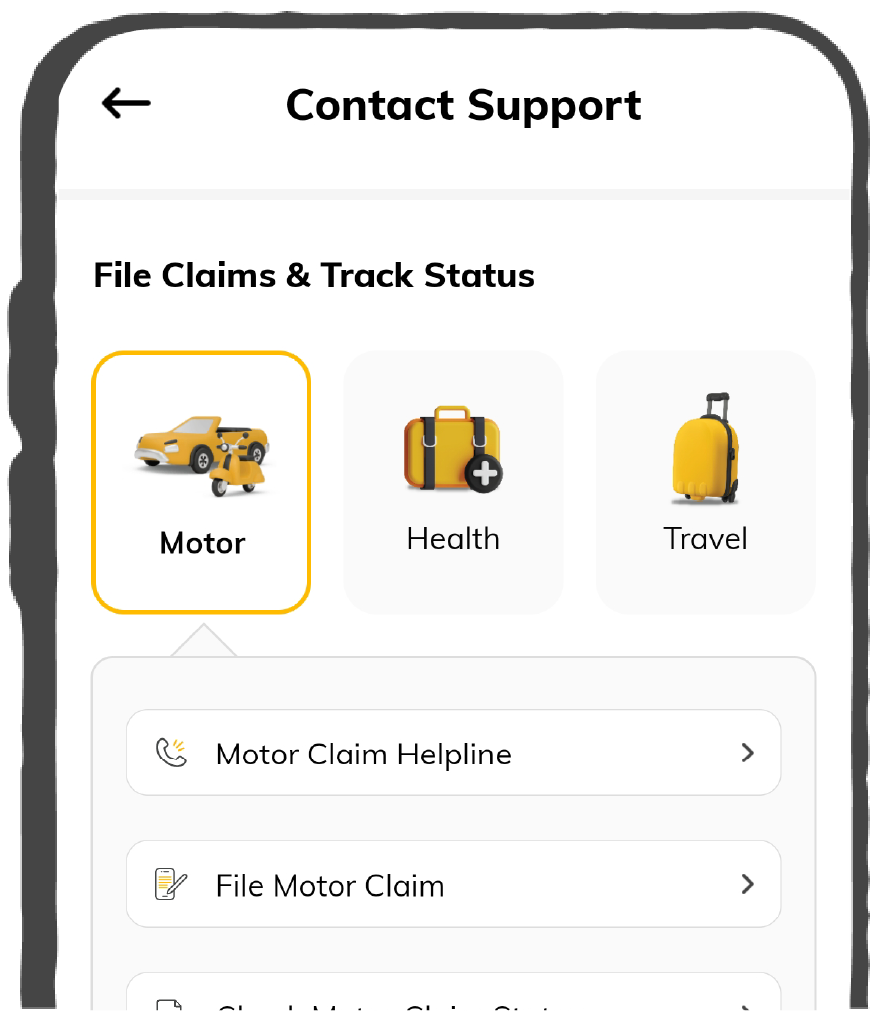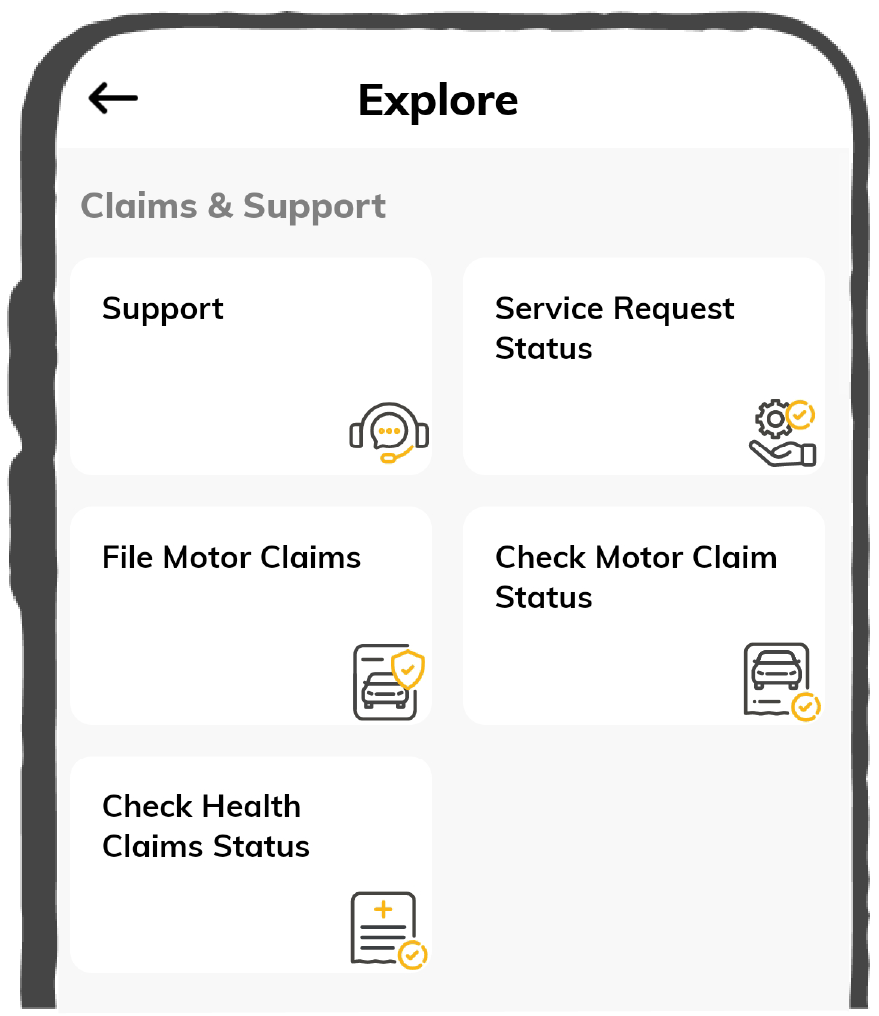7 Crore+ Customers

Affordable Premium

Accessibility Options

General

General Products
Simple & Transparent! Policies that match all your insurance needs.


37K+ Reviews
7K+ Reviews
Scan to download

Life

Life Products
Digit Life is here! To help you save & secure your loved ones' future in the most simplified way.


37K+ Reviews
7K+ Reviews
Scan to download

Claims
Claims
We'll be there! Whenever and however you'll need us.


37K+ Reviews
7K+ Reviews
Scan to download

Resources
Resources
All the more reasons to feel the Digit simplicity in your life!
 Tools & Calculators
Tools & Calculators


37K+ Reviews
7K+ Reviews
Scan to download

37K+ Reviews
7K+ Reviews
Select Preferred Language
Our WhatsApp number cannot be used for calls. This is a chat only number.

Enter your Mobile Number to get Download Link on WhatsApp.
You can also Scan this QR Code and Download the App.


KYC or Know Your Customer is crucial in the fight against money laundering. Thus, customer identification becomes crucial for financial institutions to perform better.
That said, since 2004, the Reserve Bank of India has mandated the KYC process for financial institutions as a sole mode for verification of every customer who conducts financial transactions with them. Wondering what all is there on the list of KYC documents? Keep reading to know.
According to the Prevention of Money Laundering Act, 2002, KYC compliance is a compulsory exercise. The purpose of KYC is to establish a customer's identification through the following supporting documents.
Here is what is included in the list of KYC documents.
However, apart from these, the financial institution may ask for other documents to confirm consumer authentication.
There are two types of KYC verification processes:
As both types are equal in terms of authenticity, select anyone at your convenience.
You can submit your KYC documents to KYC Registration Agency (KRA) in the following ways:
Step 1: Visit the official website of any KRA, like CAMS, Karyy, NDML, NSE, and CVL or fund house
Step 2: Enter details provided in your Aadhaar card to receive an OTP on your registered mobile number
Step 3: Provide the OTP to submit your application
Once the UIDAI verifies, the KRA will approve the KYC.
Step 1: Visit the official website of any KRA or fund house
Step 2: Provide your Aadhaar card details and receive an OTP on your registered mobile number
Step 3: Request a biometric confirmation online
After this, an executive from the fund house will visit the address provided in the form to confirm the original documents and provide your biometrics. Then, your application will be submitted to complete the process.
Step 1: Download and fill up the KYC form
Step 2: Enter your PAN card or Aadhaar card details
Step 3: Attach proof of identity and address with the application form
Step 4: Submit the documents to the KRA office
You will receive an application number with which you can check the status of your KYC on the KRA portal along with your PAN card details. However, you might need to provide your biometrics in some cases.
Apart from these, consumers must also be aware of the relevance of this list of KYC documents. Completing this legal binding allows you to make financial transactions like opening a bank account, investing in fixed and recurring deposits, mutual funds, and others faster.
Yes, with eKYC, you can invest in mutual funds up to ₹ 50,000 per year. On the contrary, opt for IPV KYC if you wish to invest above ₹ 50,000 per year.
Yes, with eKYC, you can invest in mutual funds up to ₹ 50,000 per year. On the contrary, opt for IPV KYC if you wish to invest above ₹ 50,000 per year.
The KRA may take up to 7 days to approve offline KYC documentation.
The KRA may take up to 7 days to approve offline KYC documentation.
Officially valid documents for KYC include driving licence, passport, aadhaar number, voter ID card, and even a letter authorised by the National Population Register, among others.
Officially valid documents for KYC include driving licence, passport, aadhaar number, voter ID card, and even a letter authorised by the National Population Register, among others.